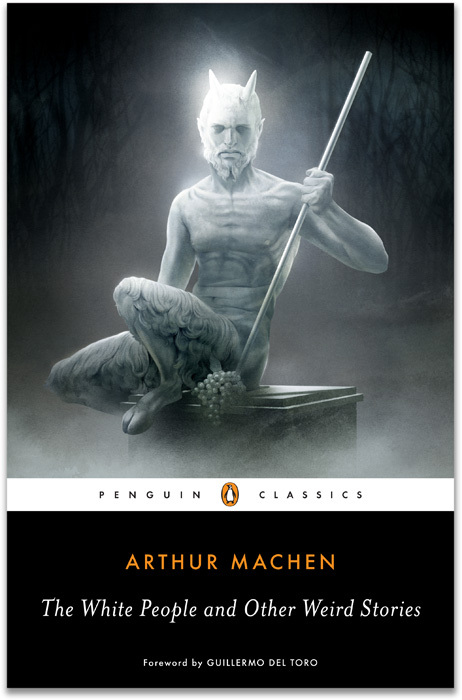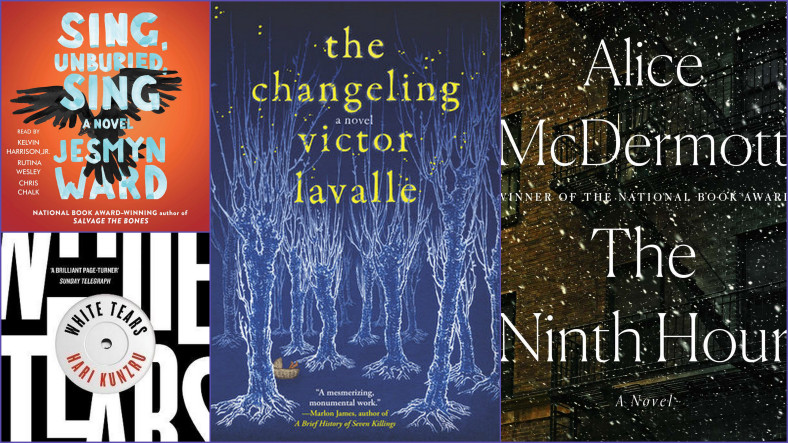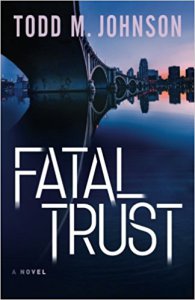
Arthur Machen’s The White People had been on my reading list for a long time.
The story starts as a singular, philosophical study on the nature of good and evil and evolves into a chillingly delightful tale brimming with dark, paganistic rituals, weird occurrences and sorcery only to break off abruptly on the cusp of some kind of supreme revelation.
The beginning of The White People offers to the reader an intriguing intake on the topic of saints and sinners. Cotgrave and Ambrose discuss the nature of sin. According to the second,
”So you see that while the good and the evil are unnatural to man as he now is—to man the social, civilized being—evil is unnatural in a much deeper sense than good. The saint endeavours to recover a gift which he has lost; the sinner tries to obtain something which he was never his. In brief, he repeats the Fall.”
To better illustrate his point and make his companion understand, Ambrose gives Cotgrave to read The Green Book, a pocket book written by a 16-year-old girl he once knew.
The girl, whose mother is dead and whose father leaves her on her own to take care of the affairs of his profession, is raised by her nurse who dedicates most of her time in initiating her into a queer, dark world through the narration of songs and fanciful stories.
The girl drinks the stories in, and the more she surrenders to the secrets she’s exposed to, the more she descends into another dimension through waxen idols, mounts and hills, pits and wells. And all this, as she spends most of her time sauntering into the black woods, uttering bizarre rhymes.
She refers to odd things like the Aklo letters, the Chian languages, the great, beautiful Circles, the Mao Games, the chief songs, the Nymphs, the Dôls, Jeelo and voola. Did the girl suffer from bouts of a superactive imagination? Did she have a mystical power to conjure the universe that haunted her imagination into the real world? Perhaps. As Ambrose hints,
”A child’s imagination always makes the heights higher and the depths deeper than they really are; and she had, unfortunately for herself, something more than imagination. One might say, perhaps, that the picture in her mind which she succeeded in a measure in putting into words, was the scene as it would have appeared to an imaginative artist.”
Was the girl ever truly touched by the White People and the fairies? It is never made clear. Ambrose remarks that,
”Powerful and sovereign medicines, which are, of necessity, virulent poisons also, are kept in a locked cabinet. The child may find the key by chance, and drink herself dead; but in most cases the search is educational, and the phials contain precious elixirs for him who has patiently fashioned the key for himself. She had poisoned herself—in time.”
Machen is not a writer who employs blood and gore to horrify the reader. No, he has an uncanny ability to freak out the reader by painting a creepy, unnerving atmosphere through allusions and cryptic references which are never fully explained.
The White People reads as a misty, dream-like, stream of consciousness tale sprung from the depths of childish imagination. It’s a dark triumph of fantasy and horror bound to excite and intrigue the mind.
Advertisements Share this:
- More





